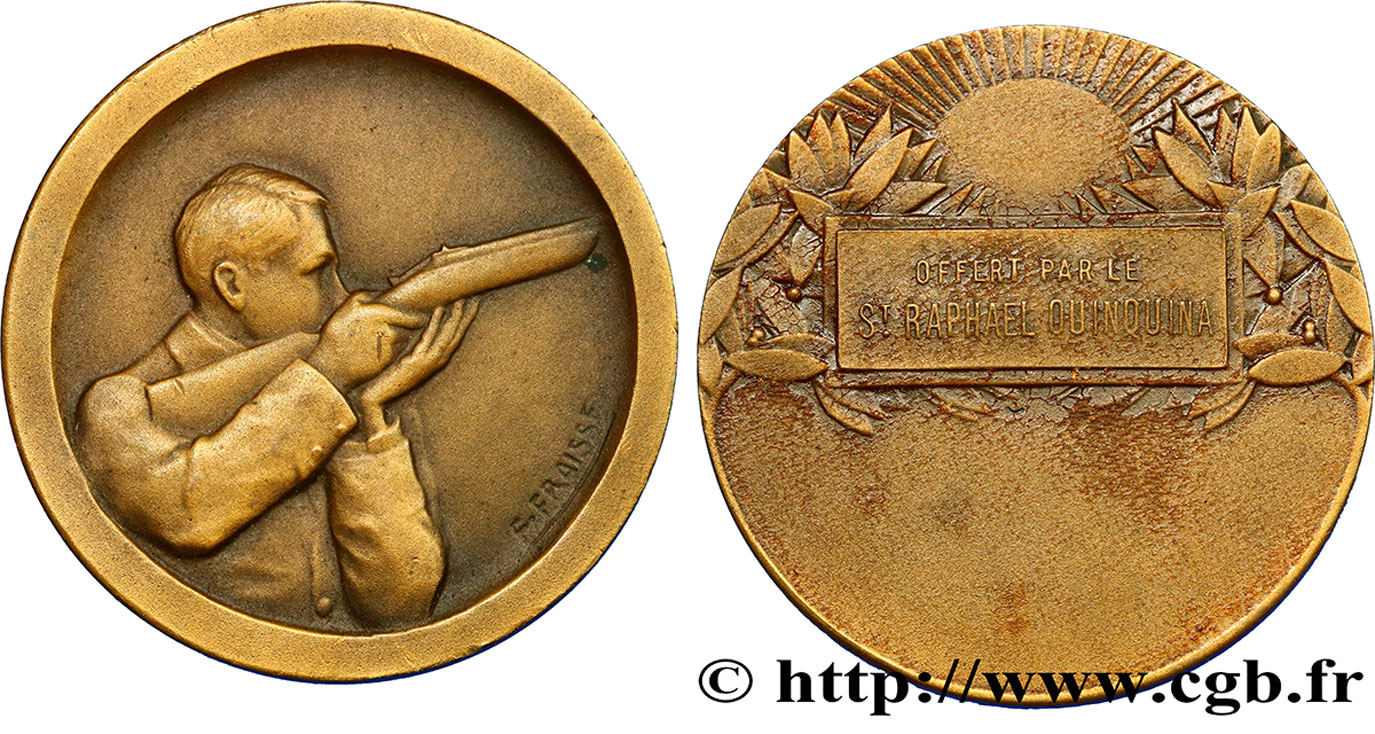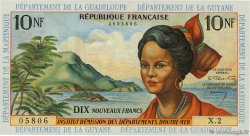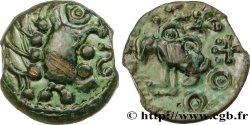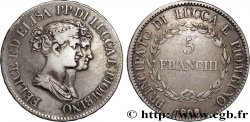Volver 1/1
E-auction 238-162254 - fme_400073 - TERCERA REPUBLICA FRANCESA Médaille de Tir offerte par le St. Raphael Quinquina
Usted debe firmar y ser un comprador aprobado para pujar, Inicia sesión para pujar. Las cuentas están sujetas a la aprobación y el proceso de aprobación se alcanzan dentro de las 48 horas. No espere hasta el día en una venta se cierra el registro.Al hacer una oferta en este artículo usted está firmando un contrato jurídicamente vinculante para comprar este artículo y haga clic en «oferta» constituye una aceptación de los términos de uso de e-auctions de cgb.fr.
La subasta debe ser colocado en euros enteros cantidades venta only.The se cerrará en el momento en la descripción del artículo, no se ejecutarán las ofertas recibidas en el sitio después de la hora de cierre. Veces Transmition pueden variar y las ofertas pueden ser rechazadas si espera a los últimos segundos. Para más información envie el FAQ.
SIN GASTOS PARA LOS COMPRADORES.
SIN GASTOS PARA LOS COMPRADORES.
| Valoración : | 40 € |
| Precio : | 11 € |
| Oferta más alta : | 12 € |
| Fecha de fin de la venta : | 06 noviembre 2017 19:06:30 |
| participantes : | 4 participantes |
Tipo : Médaille de Tir offerte par le St. Raphael Quinquina
Fecha: n.d.
Nombre del taller / ciudad: 83 - Saint-Raphaël
Metal: bronce
Diámetro: 50 mm
Eje de acuñación: 12 h.
Acuñador FRAISSE Édouard (1880-1945)
Peso: 51 g.
Canto: lisse + BRONZE triangle
Comentarios sobre el estado de conservación:
Médaille en bon état, mais avec des traces superficielles de colle au revers
Anverso
Titulatura del anverso: ANÉPIGRAPHE.
Descripción del anverso: Scène de tir.
Reverso
Titulatura del reverso: OFFERT PAR LE / ST. RAPHAEL QUINQUINA.
Descripción del reverso: Cartouche rectangulaire dans des branches de lauriers, un soleil au-dessus.
Comentario
Médaille de tir oofferte par la société St. Raphael Quinquina. Le Saint-Raphaël est un apéritif à base de mélange de mistelle et de plantes aromatiques. Deux variétés existent, le Saint-Raphaël Rouge et le Saint-Raphaël Ambré-Doré.
En 1830, le docteur Juppet travaillait la nuit à l'élaboration d'un apéritif à base de quinquina. Sa vue baissant, il en appela à l'archange Raphaël qui avait rendu la vue à Tobie. Une autre version de l'histoire attribuerait l'invention de l'apéritif à une date inconnue à Antonin Soupe, pharmacien à Paris, né en 1844 soit quatorze ans après l'invention théorique du breuvage. Distribué rapidement sur l'ensemble du territoire français puis européen, le Saint-Raphaël traversa l'Atlantique. La maison Saint-Raphaël mit rapidement en œuvre des techniques marketing pour accroître sa notoriété, comme la mise en place d'une montgolfière géante aux couleurs de la marque pour l'exposition universelle de Paris en 1900 pilotée par l'aéronaute Léon Lair. Vendue en pharmacie comme fortifiant, la marque a longtemps mis en avant les vertus excitantes du quinquina. Les publicités étaient pendant longtemps illustrées par deux personnages appelés les « jumeaux », l'un de couleur rouge, l'autre blanc pour symboliser les deux variétés du Saint-Raphaël. À l'exportation, vers les colonies ou l'Amérique, la marque prit le qualificatif d'Apéritif de France. Aujourd'hui tombé en désuétude en France, il est très présent et apprécié au Québec. Propriété de la marque Bacardi-Martini, il a été racheté par l'entreprise Boisset, elle-même reprise par le groupe La Martiniquaise en 2009..
Shooting medal offered by the St company. Raphael Quinquina. Saint-Raphaël is an aperitif made from a mixture of mistelle and aromatic plants. There are two varieties: Saint-Raphaël Rouge and Saint-Raphaël Ambré-Doré..
In 1830, Doctor Juppet worked at night developing a quinine-based aperitif.. His eyesight failing, he called upon the archangel Raphael who had restored Tobit's sight. Another version of the story attributes the invention of the aperitif to an unknown date, Antonin Soupe, a pharmacist in Paris, born in 1844, fourteen years after the theoretical invention of the beverage.. Rapidly distributed throughout France and then Europe, the Saint-Raphaël crossed the Atlantic. The Saint-Raphaël house quickly implemented marketing techniques to increase its notoriety, such as the installation of a giant hot air balloon in the brand's colors for the Paris World's Fair in 1900 piloted by the aeronaut Léon Lair.. Sold in pharmacies as a tonic, the brand has long highlighted the exciting virtues of quinine. Advertisements were for a long time illustrated by two characters called the \\\"twins\\\", one red, the other white to symbolize the two varieties of Saint-Raphaël.. When exported to the colonies or America, the brand took the name Apéritif de France.. Now fallen into disuse in France, it is very present and appreciated in Quebec. Owned by the Bacardi-Martini brand, it was bought by the Boisset company, which was itself taken over by the La Martiniquaise group in 2009..
En 1830, le docteur Juppet travaillait la nuit à l'élaboration d'un apéritif à base de quinquina. Sa vue baissant, il en appela à l'archange Raphaël qui avait rendu la vue à Tobie. Une autre version de l'histoire attribuerait l'invention de l'apéritif à une date inconnue à Antonin Soupe, pharmacien à Paris, né en 1844 soit quatorze ans après l'invention théorique du breuvage. Distribué rapidement sur l'ensemble du territoire français puis européen, le Saint-Raphaël traversa l'Atlantique. La maison Saint-Raphaël mit rapidement en œuvre des techniques marketing pour accroître sa notoriété, comme la mise en place d'une montgolfière géante aux couleurs de la marque pour l'exposition universelle de Paris en 1900 pilotée par l'aéronaute Léon Lair. Vendue en pharmacie comme fortifiant, la marque a longtemps mis en avant les vertus excitantes du quinquina. Les publicités étaient pendant longtemps illustrées par deux personnages appelés les « jumeaux », l'un de couleur rouge, l'autre blanc pour symboliser les deux variétés du Saint-Raphaël. À l'exportation, vers les colonies ou l'Amérique, la marque prit le qualificatif d'Apéritif de France. Aujourd'hui tombé en désuétude en France, il est très présent et apprécié au Québec. Propriété de la marque Bacardi-Martini, il a été racheté par l'entreprise Boisset, elle-même reprise par le groupe La Martiniquaise en 2009..
Shooting medal offered by the St company. Raphael Quinquina. Saint-Raphaël is an aperitif made from a mixture of mistelle and aromatic plants. There are two varieties: Saint-Raphaël Rouge and Saint-Raphaël Ambré-Doré..
In 1830, Doctor Juppet worked at night developing a quinine-based aperitif.. His eyesight failing, he called upon the archangel Raphael who had restored Tobit's sight. Another version of the story attributes the invention of the aperitif to an unknown date, Antonin Soupe, a pharmacist in Paris, born in 1844, fourteen years after the theoretical invention of the beverage.. Rapidly distributed throughout France and then Europe, the Saint-Raphaël crossed the Atlantic. The Saint-Raphaël house quickly implemented marketing techniques to increase its notoriety, such as the installation of a giant hot air balloon in the brand's colors for the Paris World's Fair in 1900 piloted by the aeronaut Léon Lair.. Sold in pharmacies as a tonic, the brand has long highlighted the exciting virtues of quinine. Advertisements were for a long time illustrated by two characters called the \\\"twins\\\", one red, the other white to symbolize the two varieties of Saint-Raphaël.. When exported to the colonies or America, the brand took the name Apéritif de France.. Now fallen into disuse in France, it is very present and appreciated in Quebec. Owned by the Bacardi-Martini brand, it was bought by the Boisset company, which was itself taken over by the La Martiniquaise group in 2009..








 Informar de un error
Informar de un error Imprimir la página
Imprimir la página Comparte mi selección
Comparte mi selección Haz una pregunta
Haz una pregunta Consignar / vender
Consignar / vender
 Descriptivo
Descriptivo















